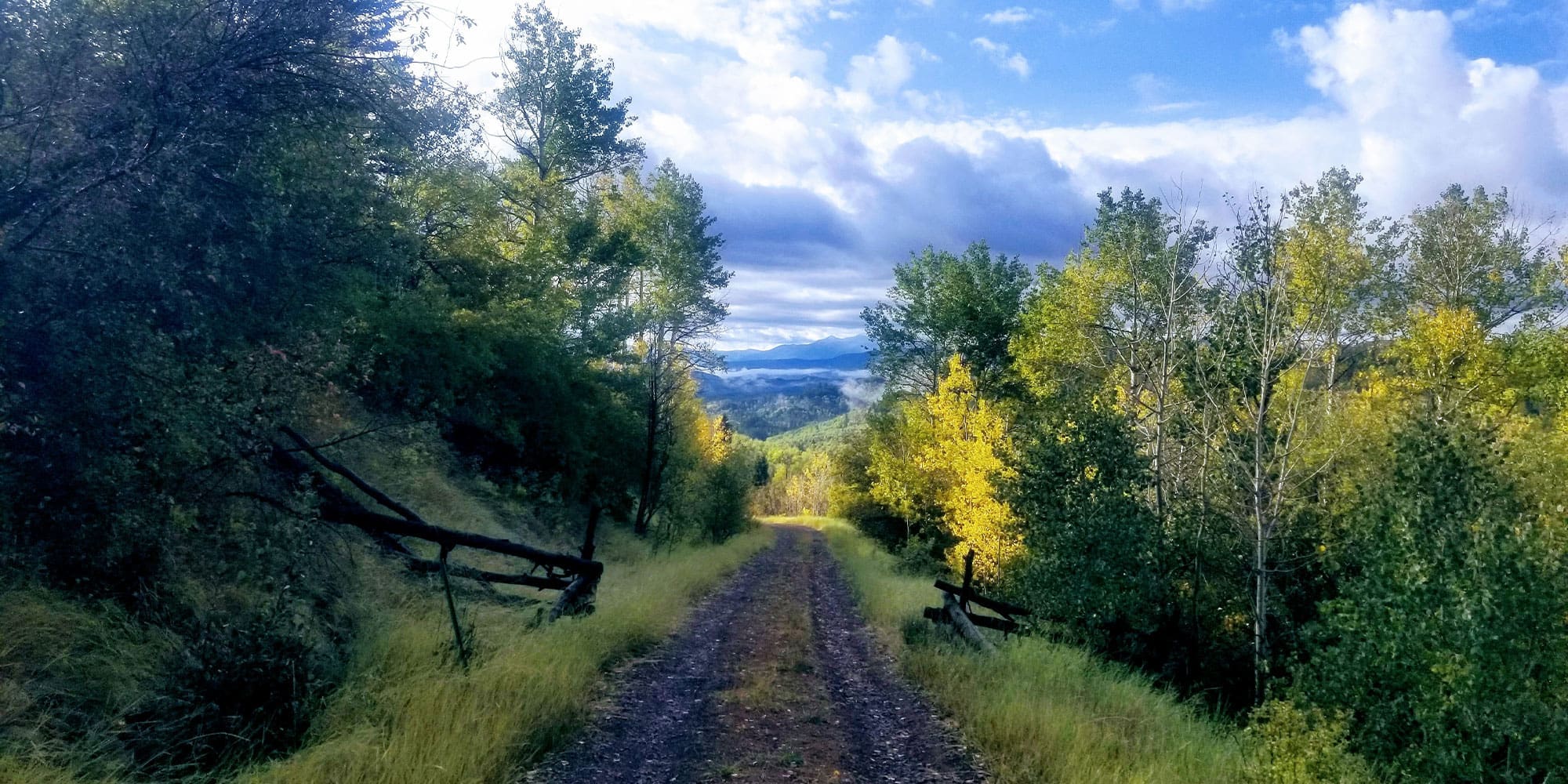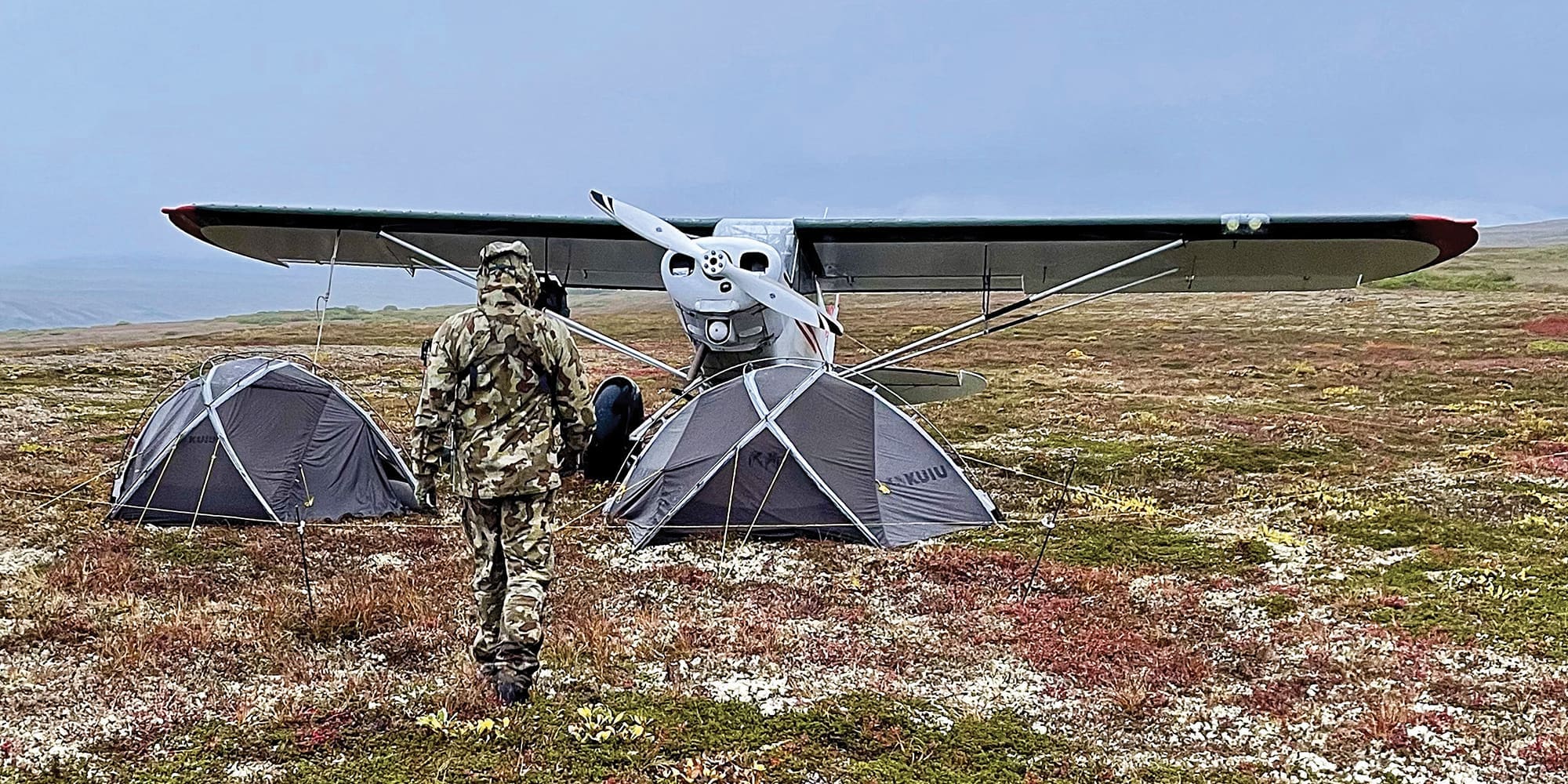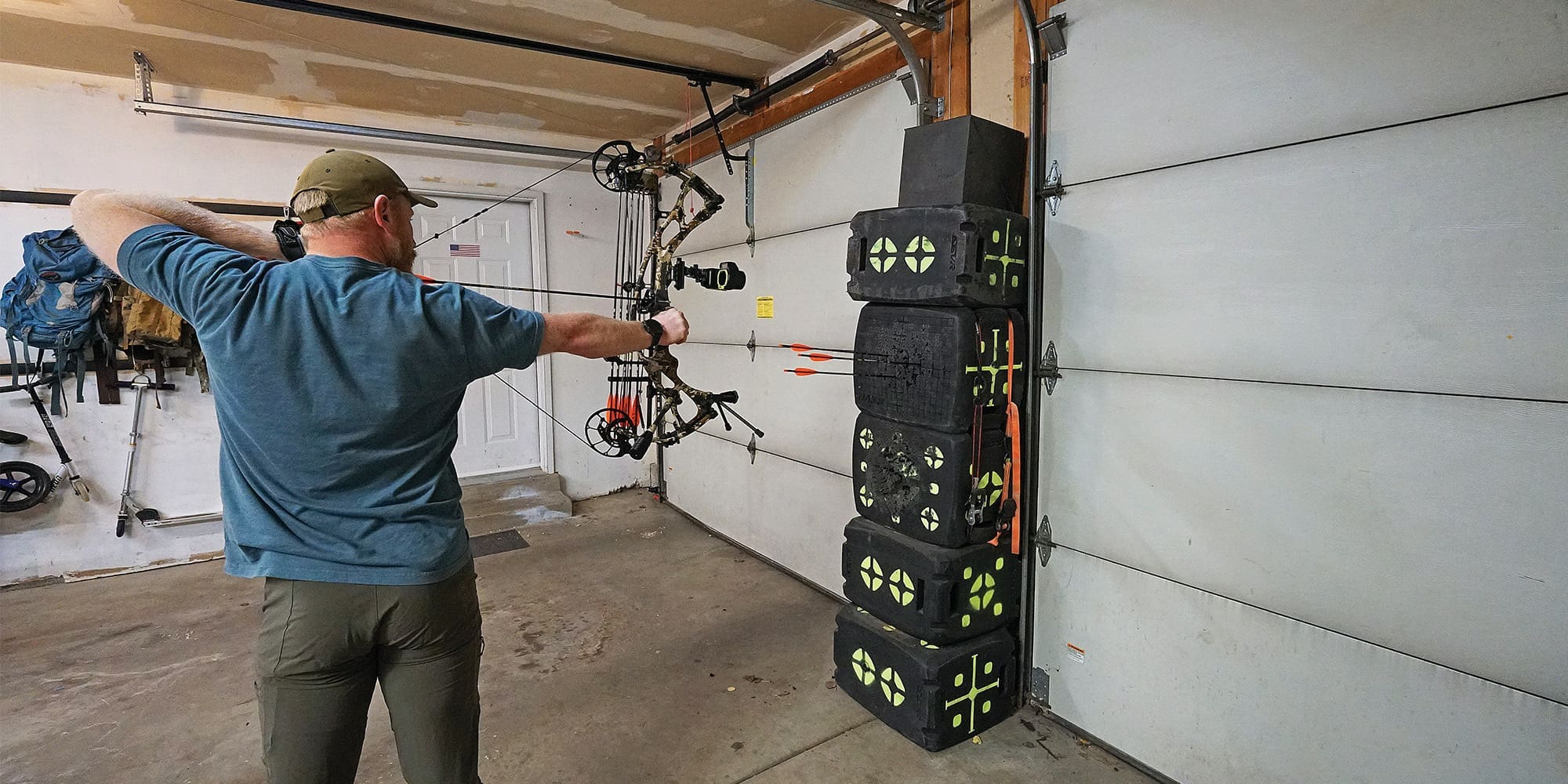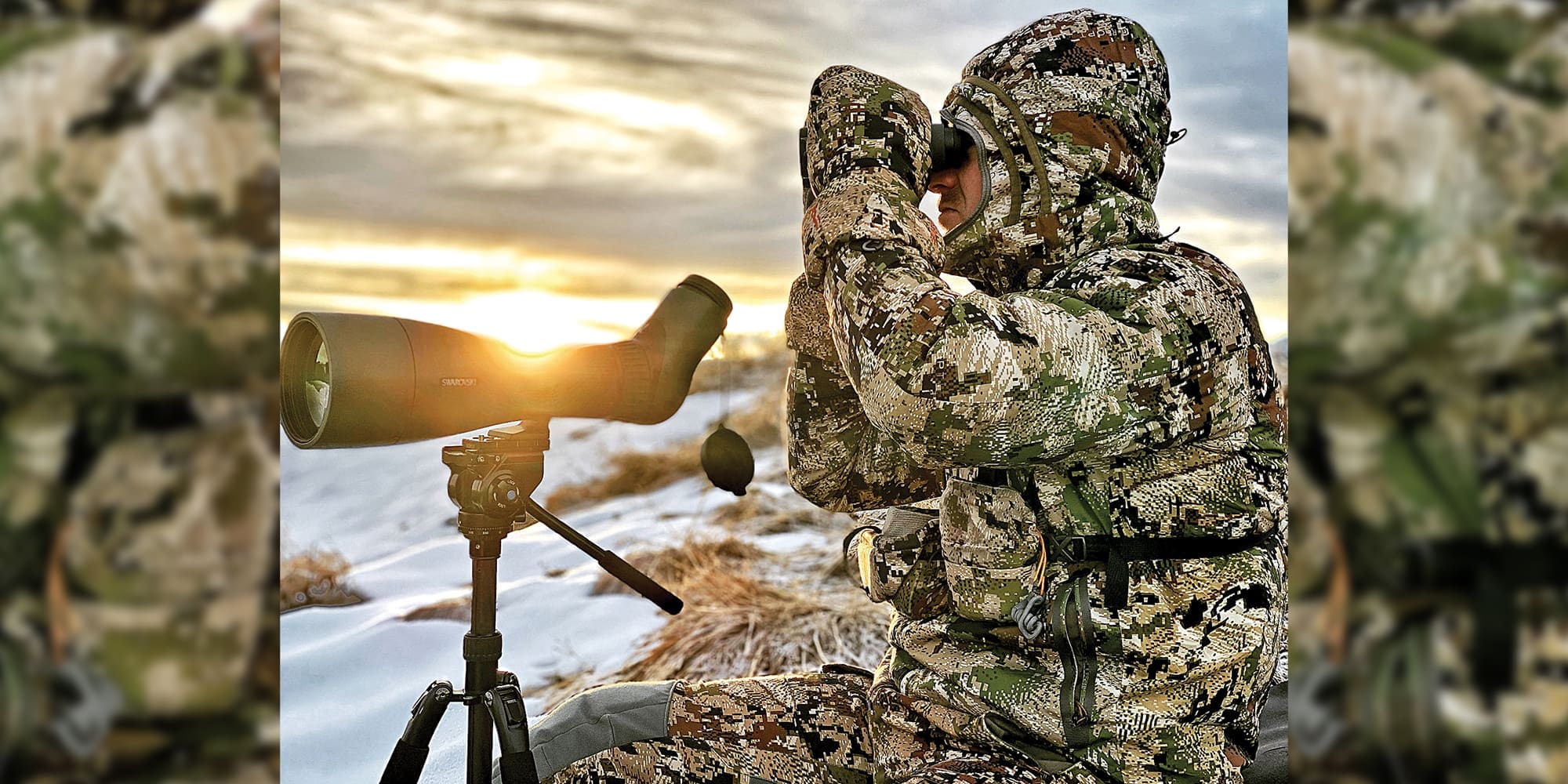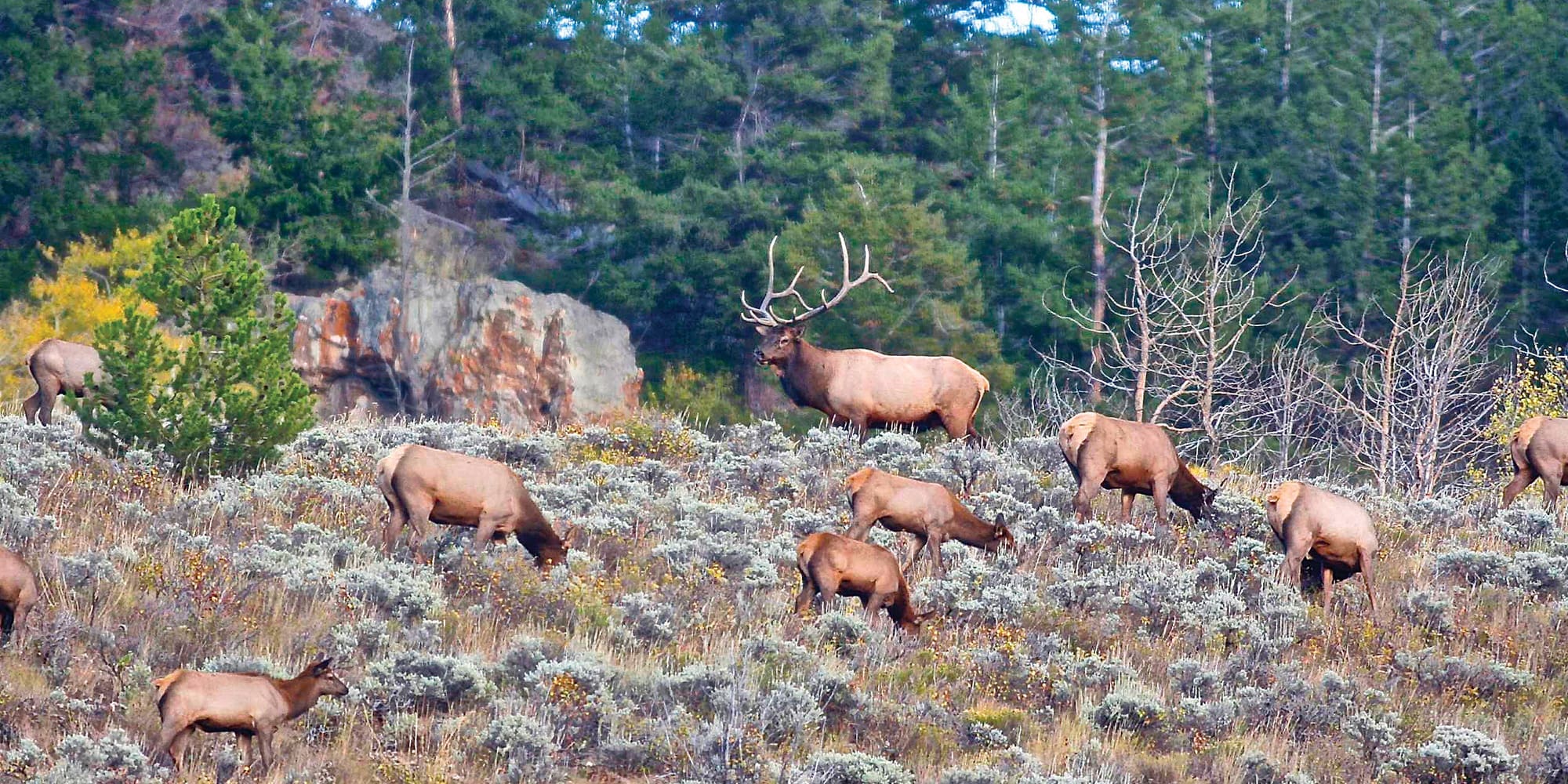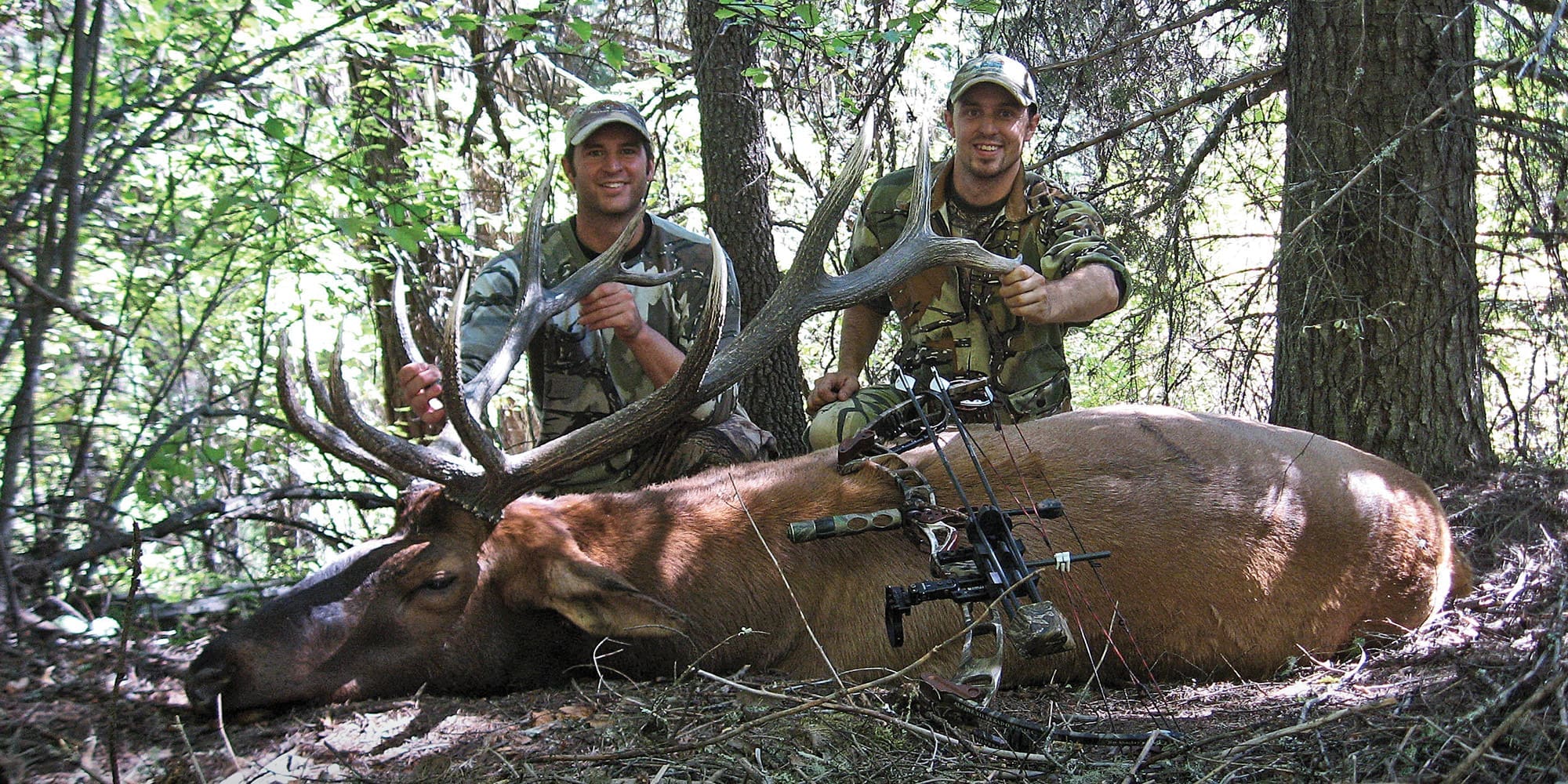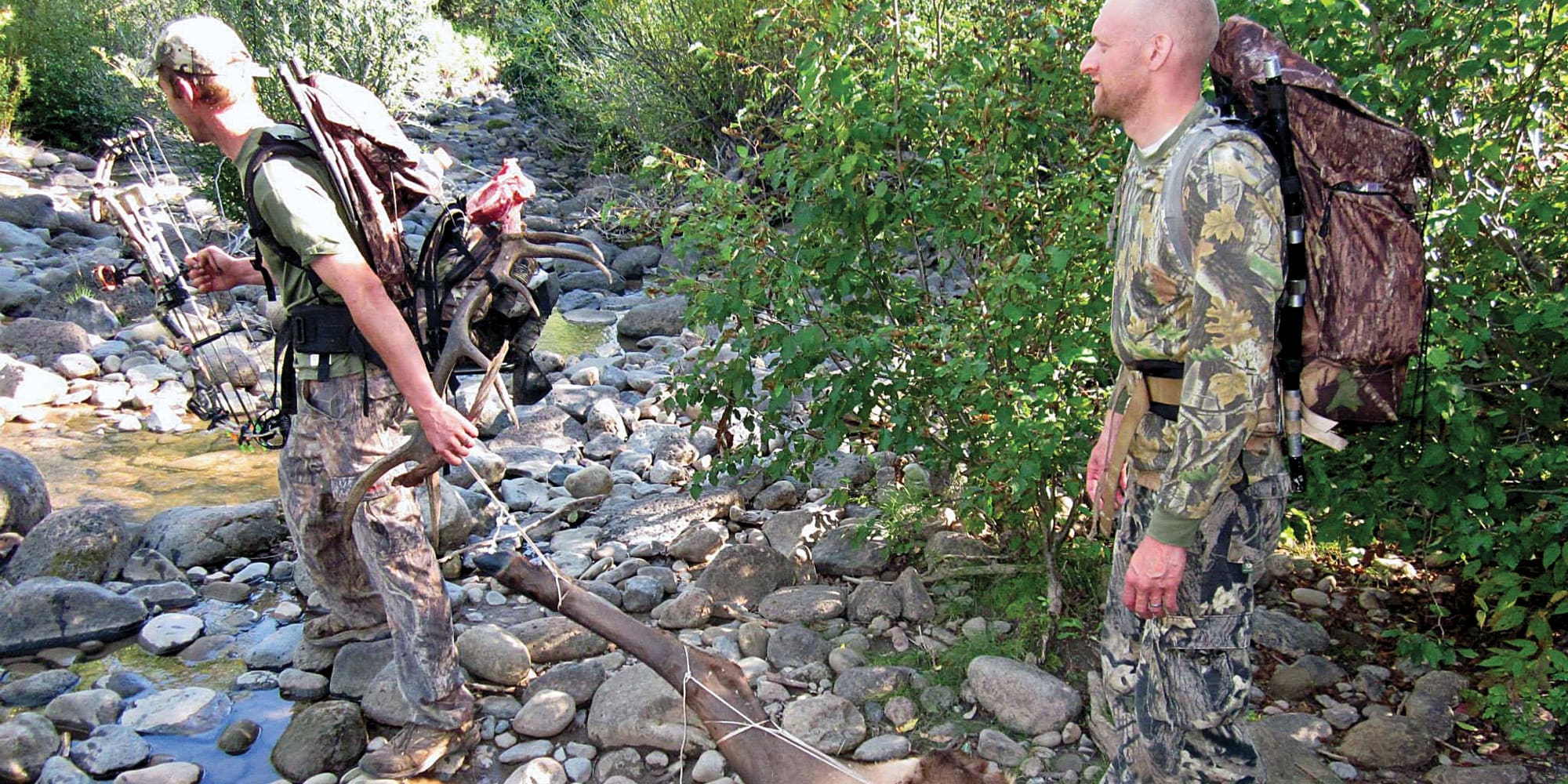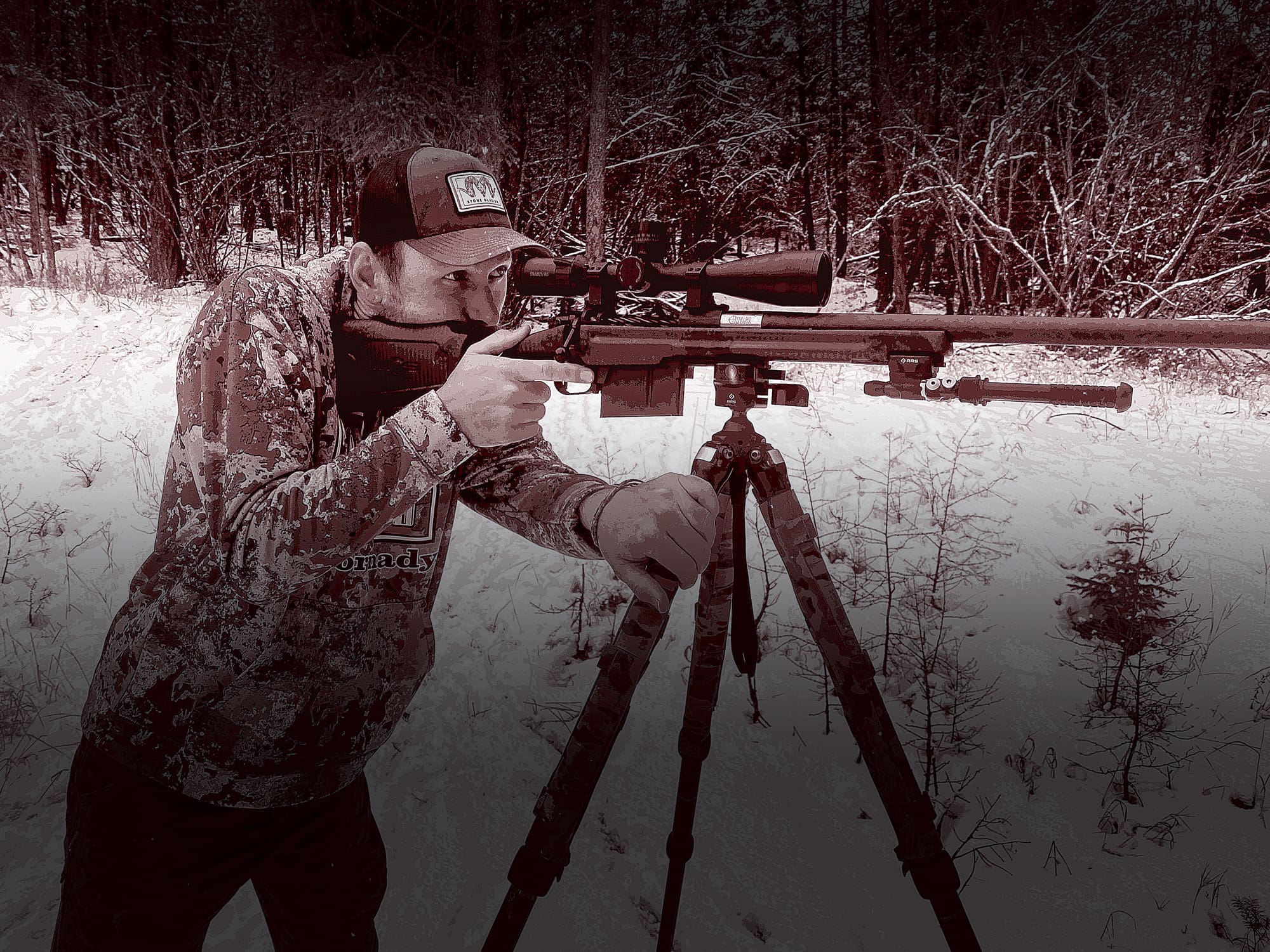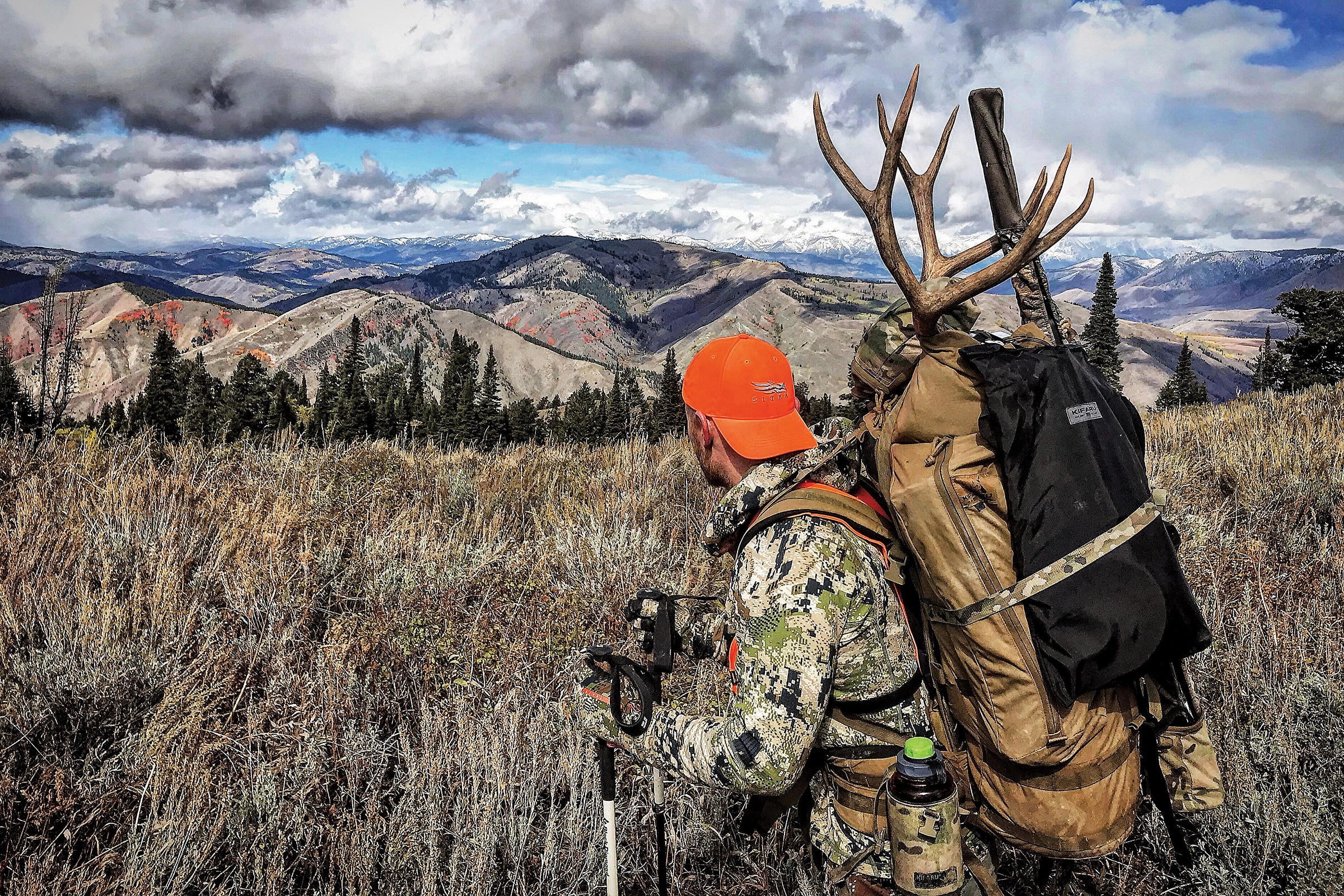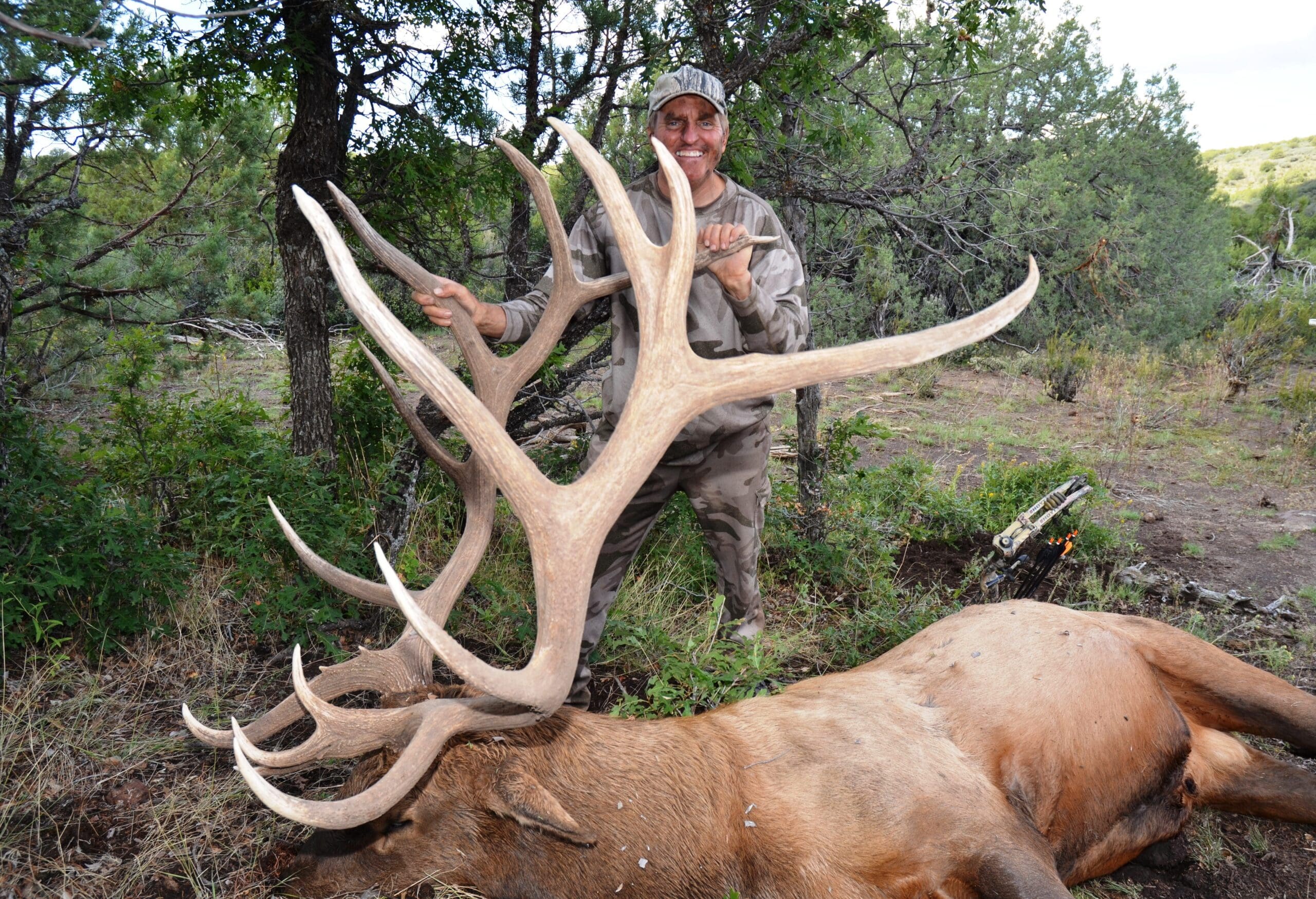
NOTICE: Certain links on this post may earn a commission for Western Hunter Magazine from Amazon or our other affiliate partners when you make a purchase. Thank you for your support.
Randy Ulmer's Take on Shot Placement and Moving Elk
Question: I hunt elk with a bow, so I’m usually hunting them during the rut. Most of my shot opportunities seem to be at moving elk. I’ve taken a few shots while elk were walking and they haven’t worked out too well. What do you recommend for shot placement on moving elk?
Answer: You really only have three choices when you have a bull in bow range and he’s walking: 1) You can shoot while he’s moving and hope for the best; 2) Don’t shoot, and hope for a better opportunity later; and 3) Make noise to stop him and then shoot.
If you choose to shoot while the elk is moving, you’ll find out in short order that it takes a long time for an arrow to travel 30 yards, and more than likely, you’ll hit behind your intended target. It’s very difficult to know exactly how far to lead in these situations. Elk are large, hardy animals and it takes a very well-placed arrow to kill them humanely. Guessing at your lead and hoping for good shot placement is unacceptable, in my opinion.
You may choose to let the bull walk and hope for a better shot later. In my experience, encounters with good bulls are very difficult to come by, so you had better capitalize on them when you get them. I almost always stop a bull if I think I can get a good shot. However, there may be a few bulls during your lifetime that will get away as a result – they may spook at the call (especially if they are close) and you won’t get a shot. I’ve personally never had this happen, but I have friends who have.
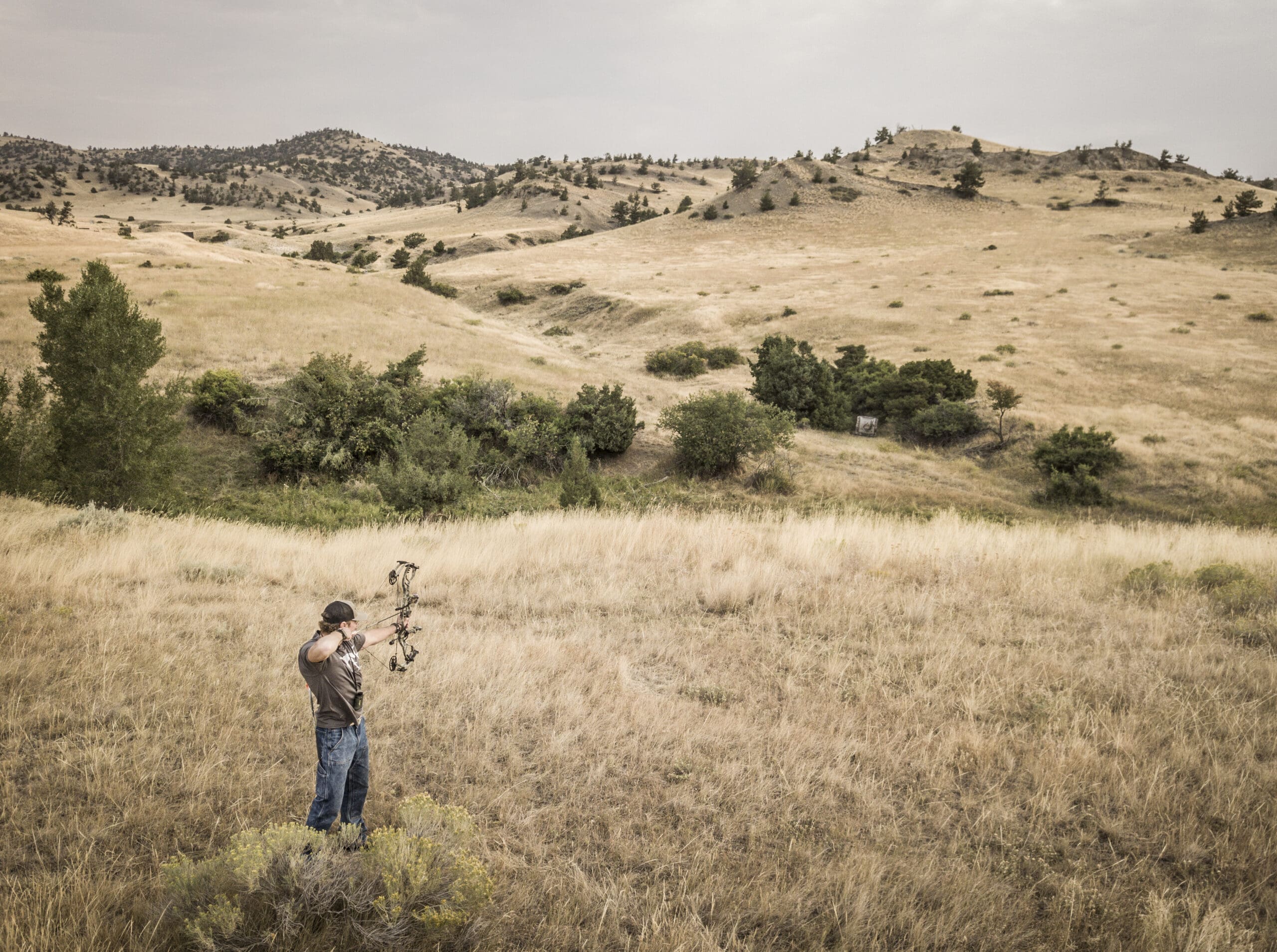
You can take a moving shot, if you are well prepared, but only really close shots at really slow-moving elk. If the bull is moving faster than a slow walk, or if he's farther than 20 yards away, don’t shoot. Stop him instead, even if your shooting lanes are narrow. And always pass on moving shots if you have poor visibility, like early and late in the day. Finally, don’t take a moving shot until you've practiced thoroughly and feel very comfortable that you can place the arrow accurately.
Here’s what I do when I’m elk hunting: I carry a diaphragm call in my mouth when I’m close to elk. When a bull is coming into range, I wait for a good opportunity and then draw my bow. I wait for the bull to present a good shot, and as he enters my shooting lane, I make a light, short cow call. If possible, I wait until his near front leg is swinging forward before I call, to expand the kill zone. It takes about half a second for a bull to stop once he’s heard the call. I’m already in the peep and aiming as I make the call. As the bull stops and looks my way, I make a fast squeeze and get the arrow on its way.
Be Patient for the Best Shot Placement
I will not shoot at an elk that is facing me or an elk that is quartering toward me - it’s just not worth the risk. If the bull is walking toward you, he will eventually be broadside and then he will be quartering away from you. Be patient and wait for high-percentage shot placement. Briefly and quickly determine his course and try to guess the most likely shooting lanes and choose the best one for a high-percentage shot. Once the bull is approaching this position, draw your bow. Then, as he enters the shooting lane, call to stop him.
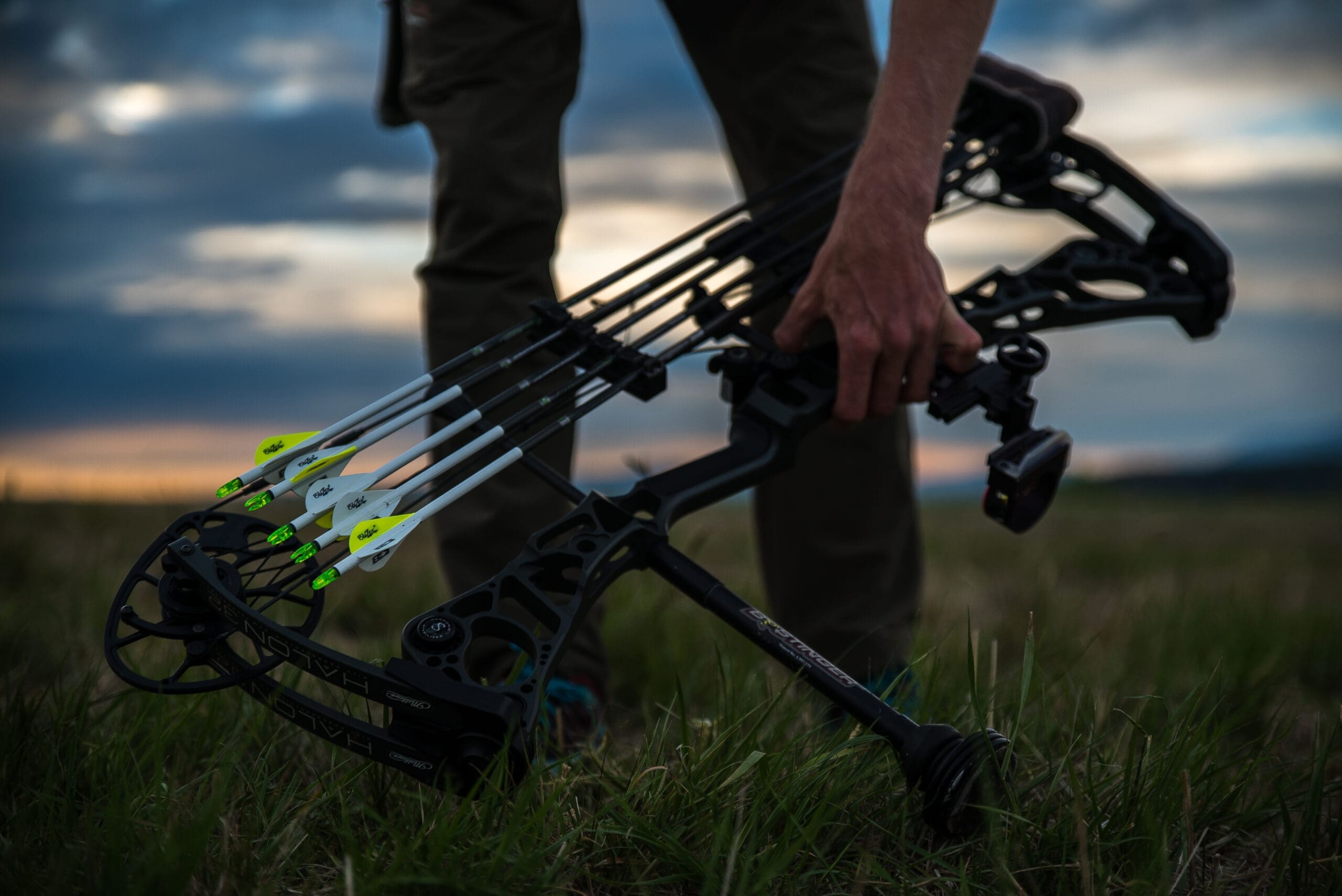
Interestingly, I’ve never had a bull jump the string after I’ve cow called. It seems as though they expect to see something moving in the vicinity of where the call came from. On the other hand, I have had four different bulls jump the string on me. All of these bulls were older age-class bulls and none were aware of any danger. They were not called to and all were feeding. These elk did not expect any sudden noise and each of them came unglued when they heard the shot.
A couple of final thoughts: When shooting at a walking bull through small openings, it’s easier to aim at the opening and time his arrival rather than to try to swing your bow with the elk and time the opening. Remember, even when shooting in a hurry, make a conscious effort not to punch the trigger. A fast, smooth squeeze can still produce a very quick shot, without sacrificing accuracy.
If you are curious what my arrow set up is that I use for elk, check out the article I wrote titled The Perfect Elk Hunting Arrow.


